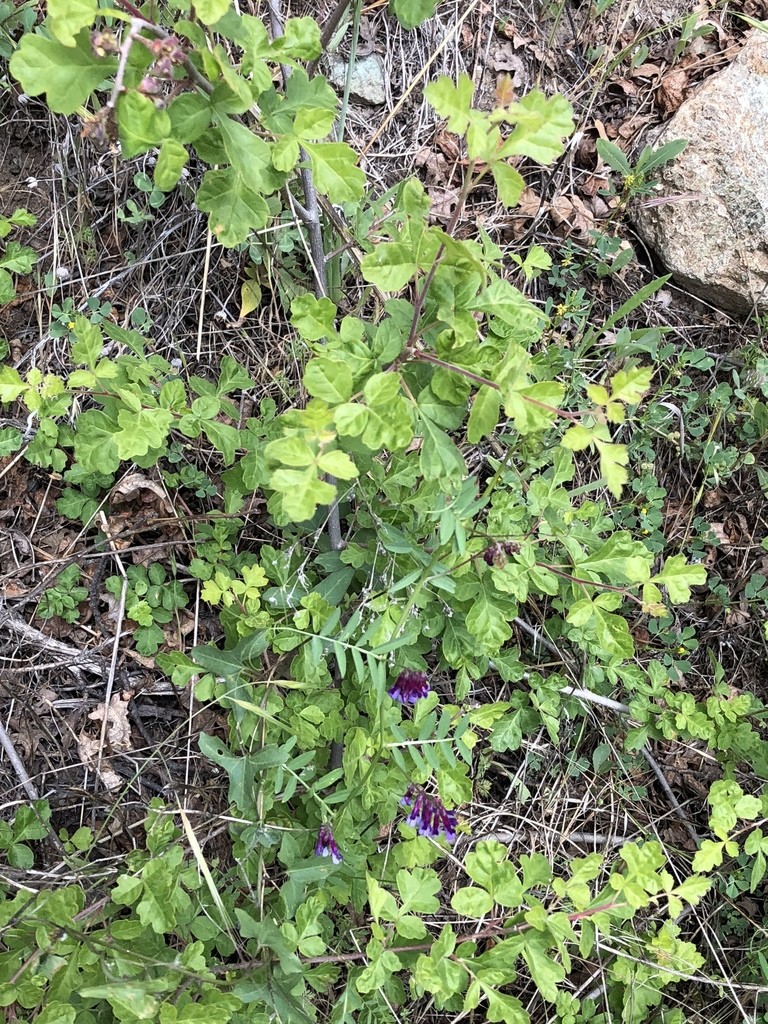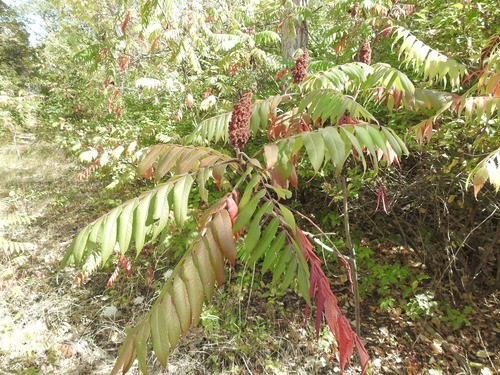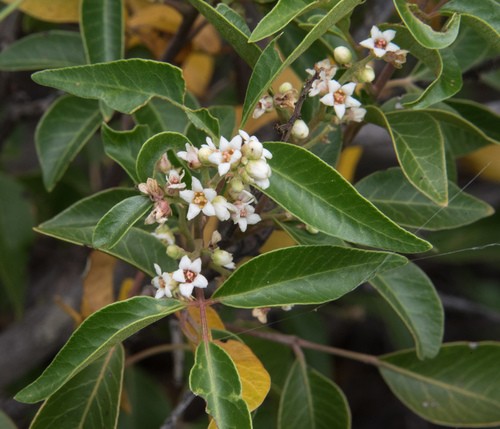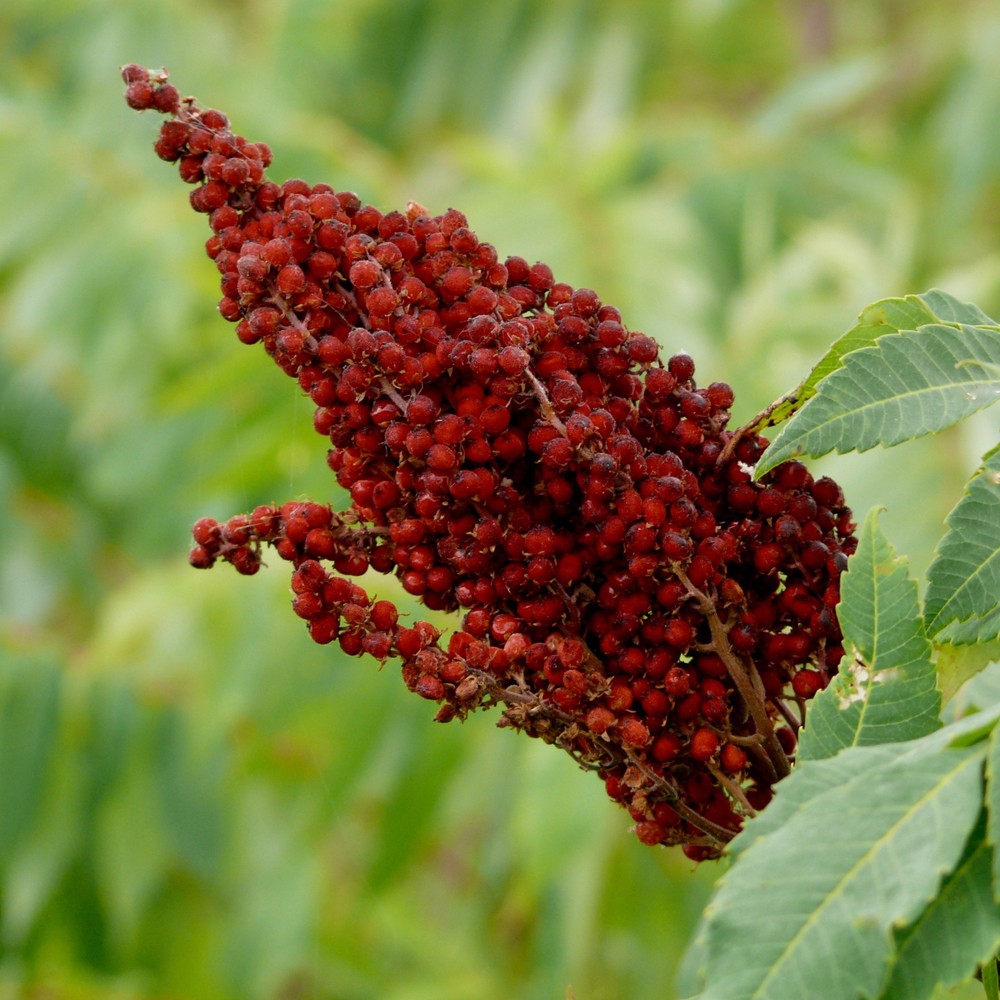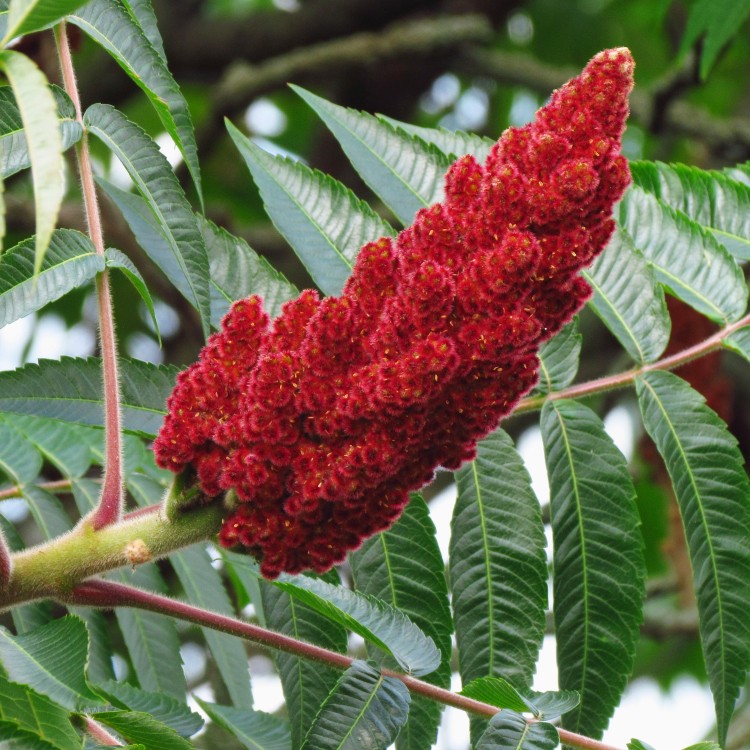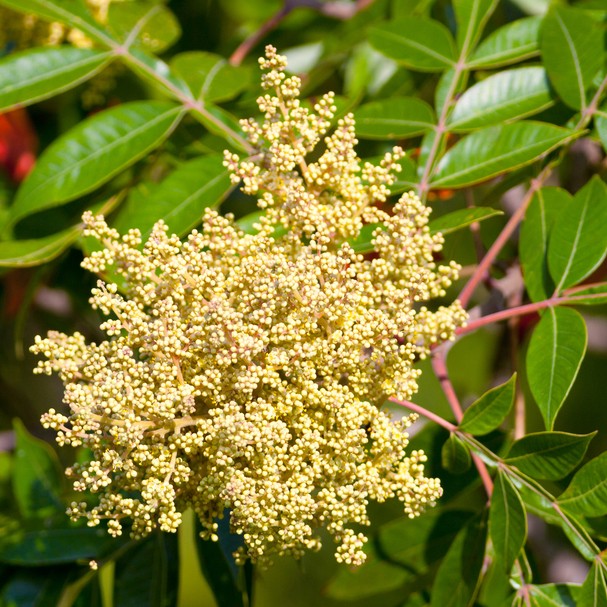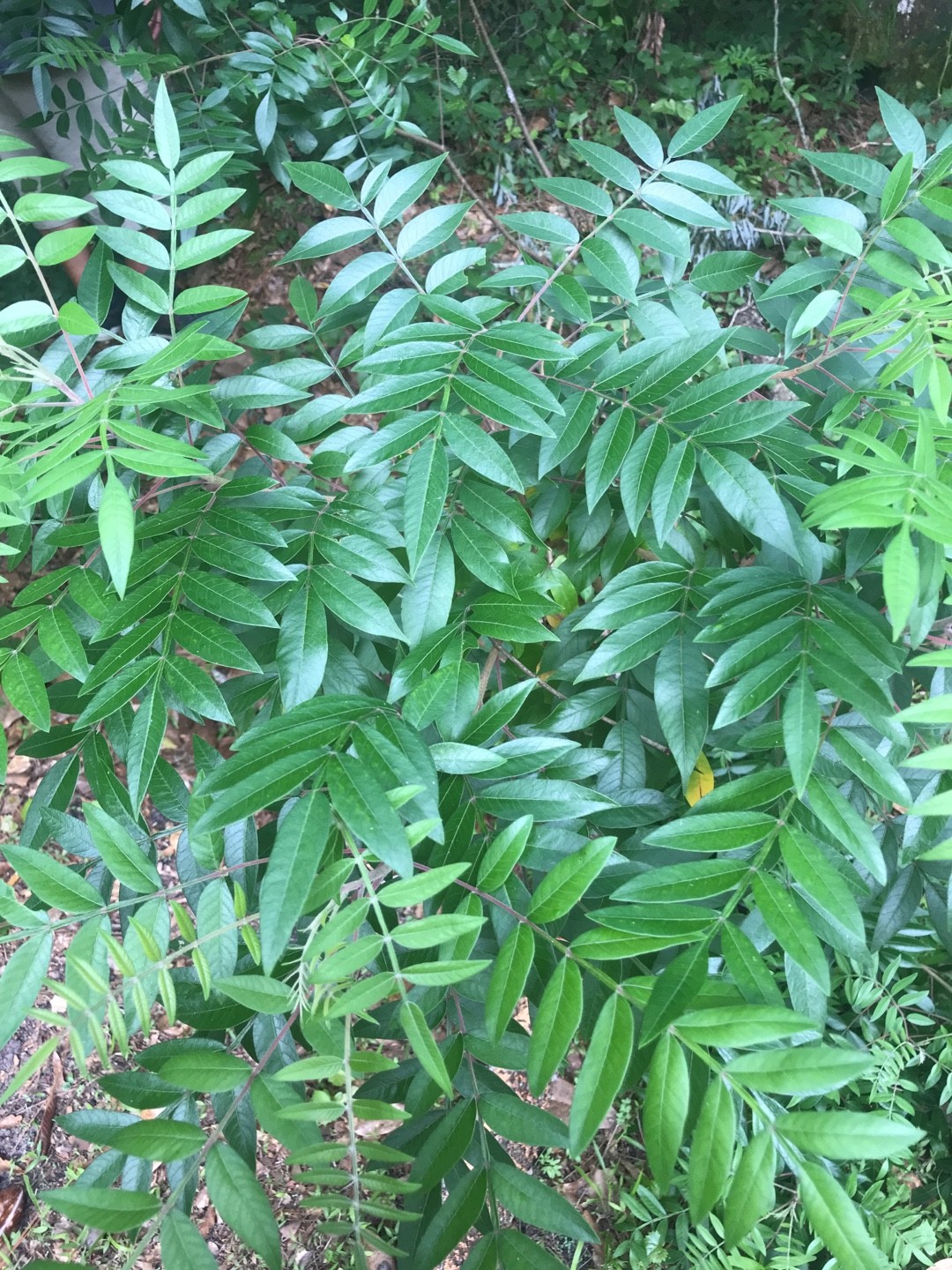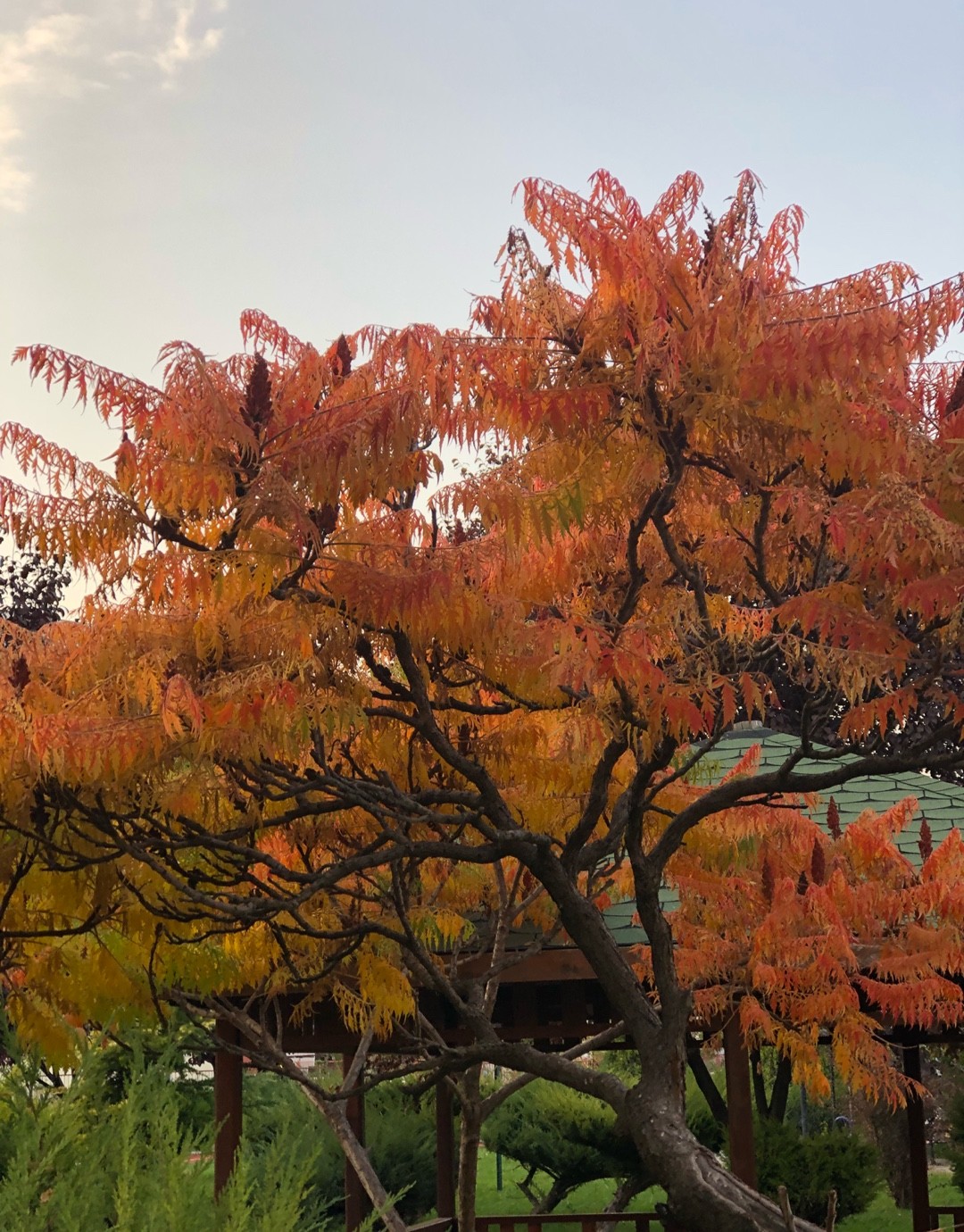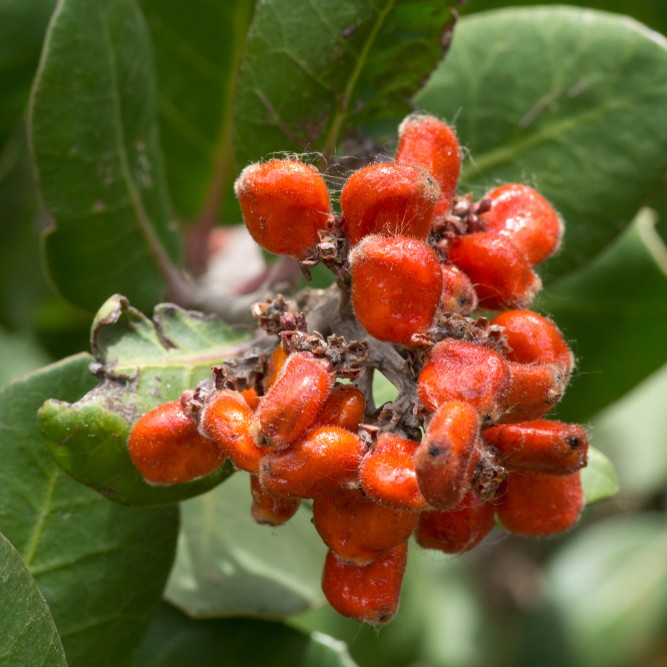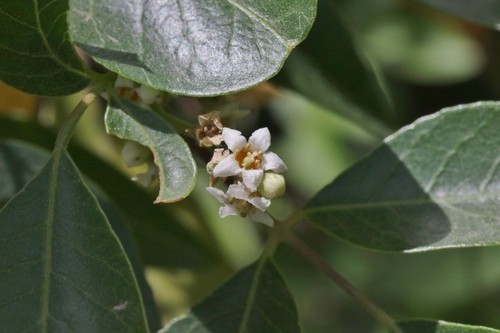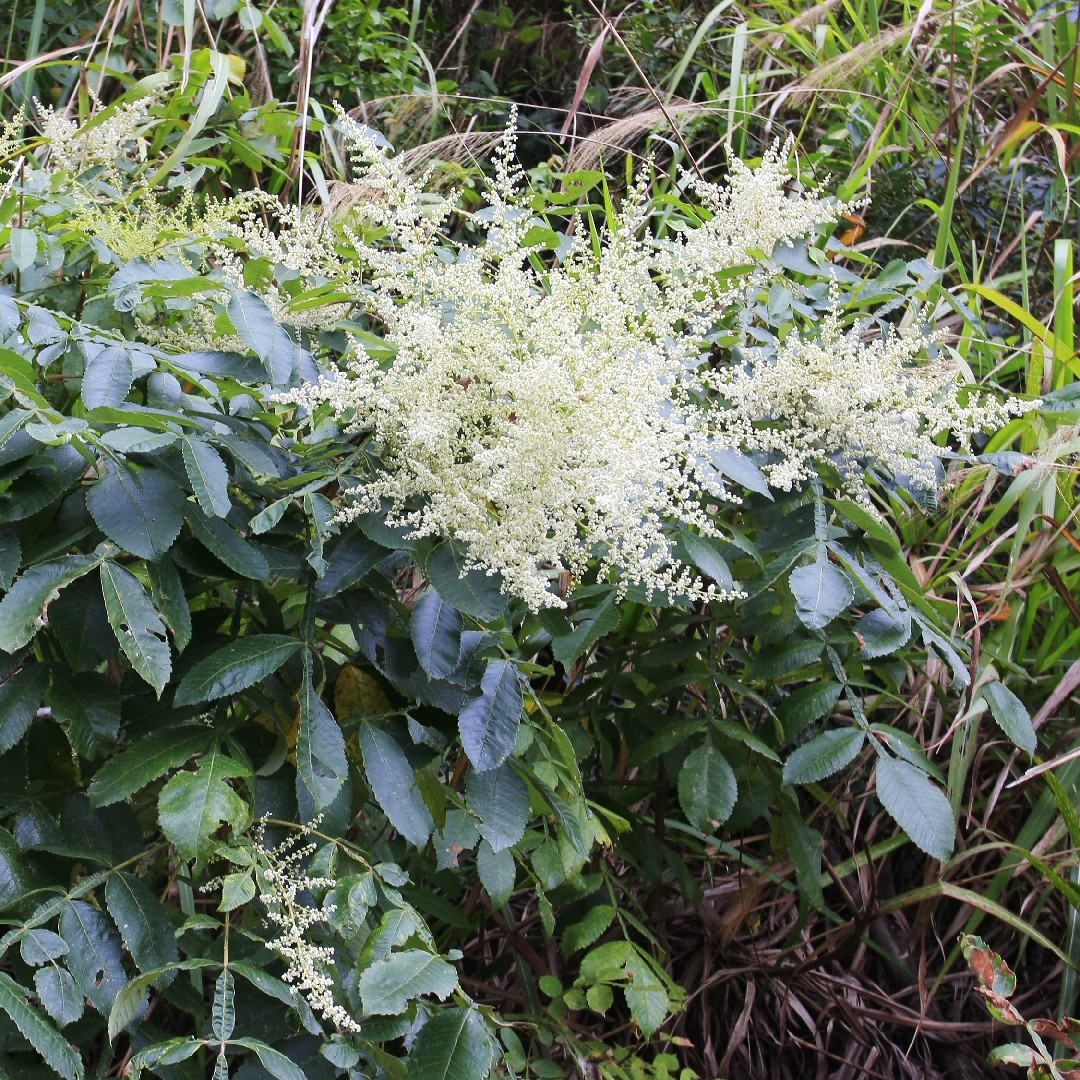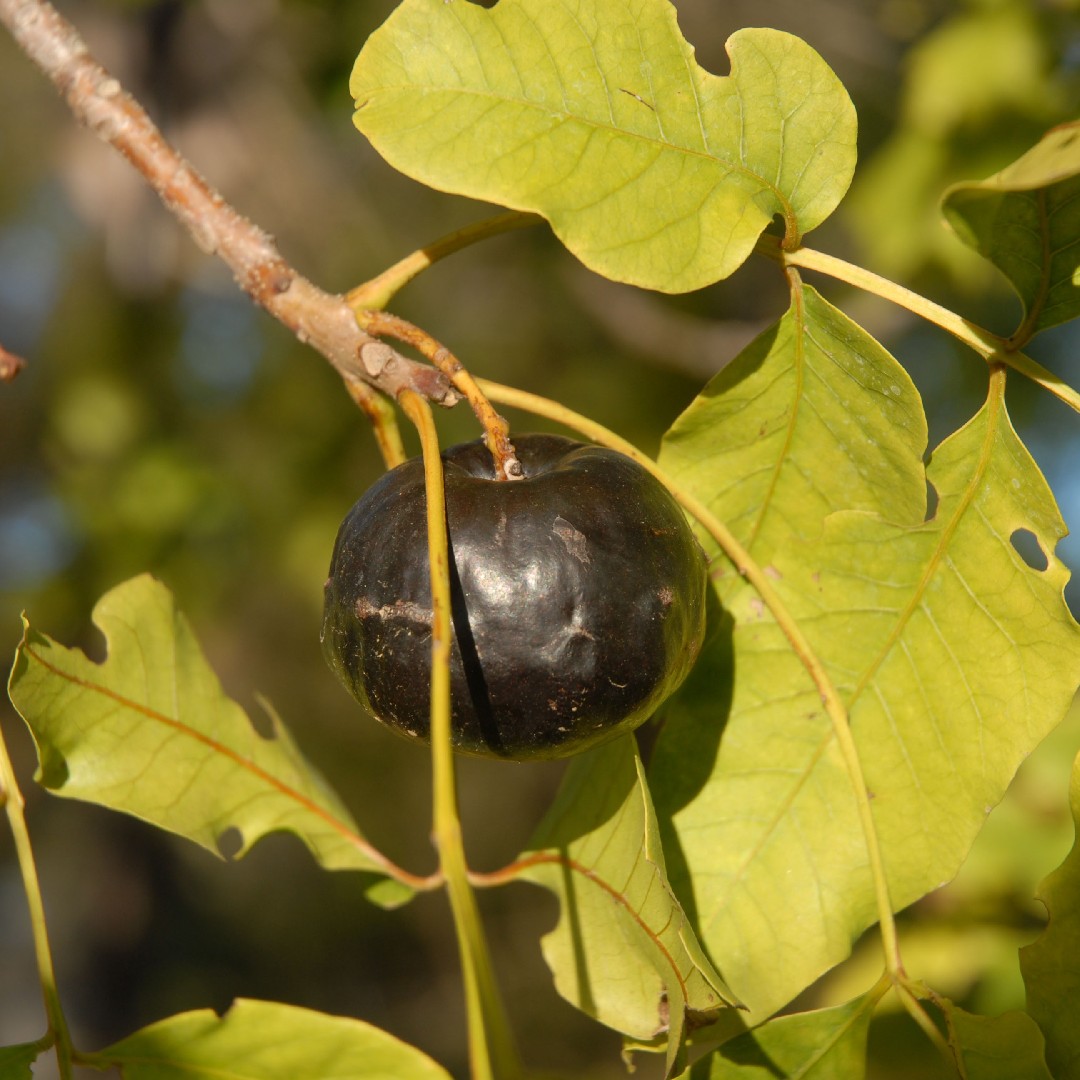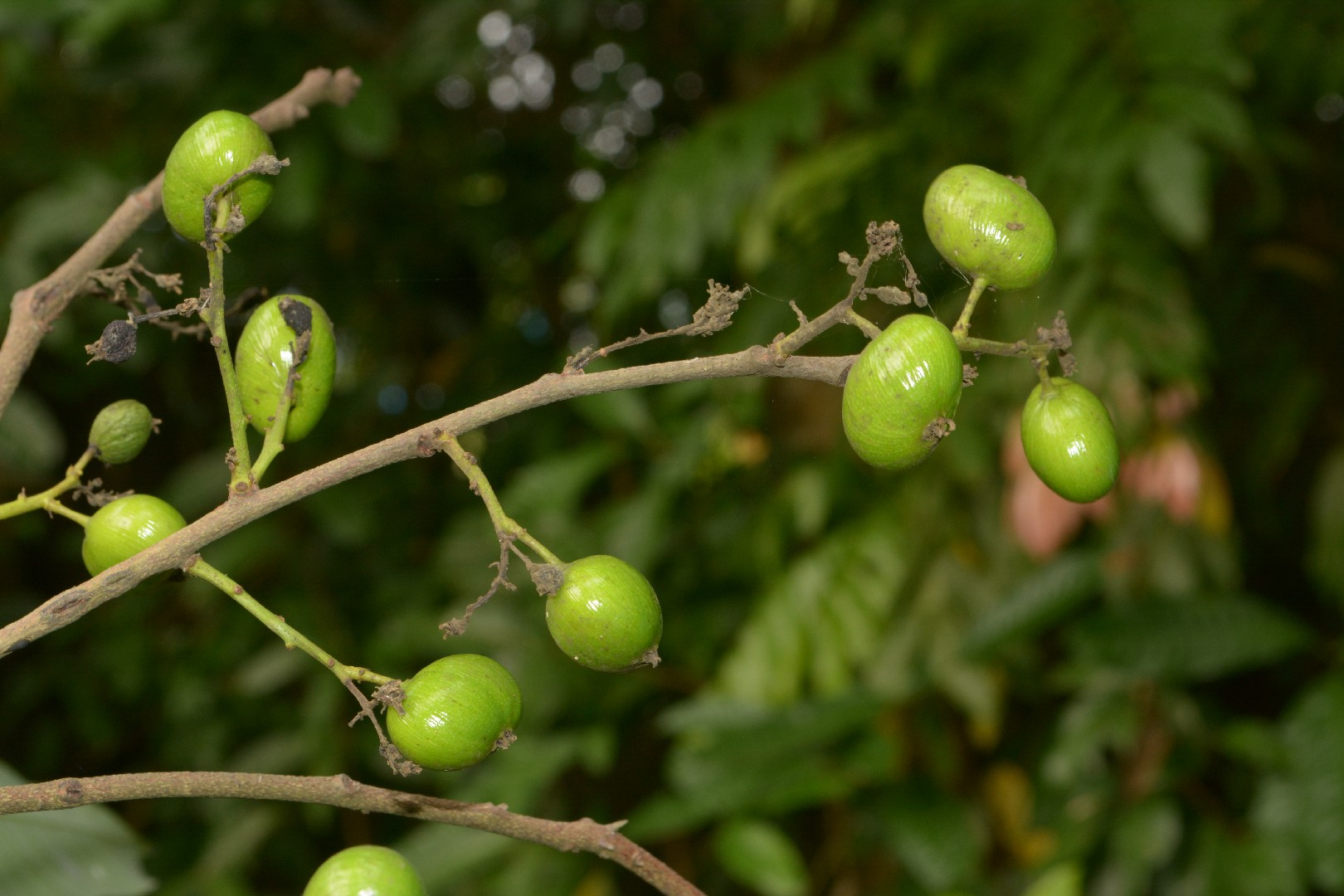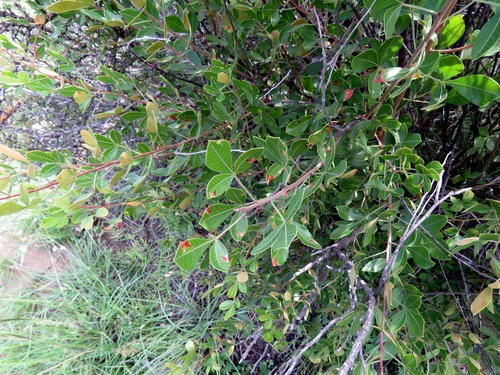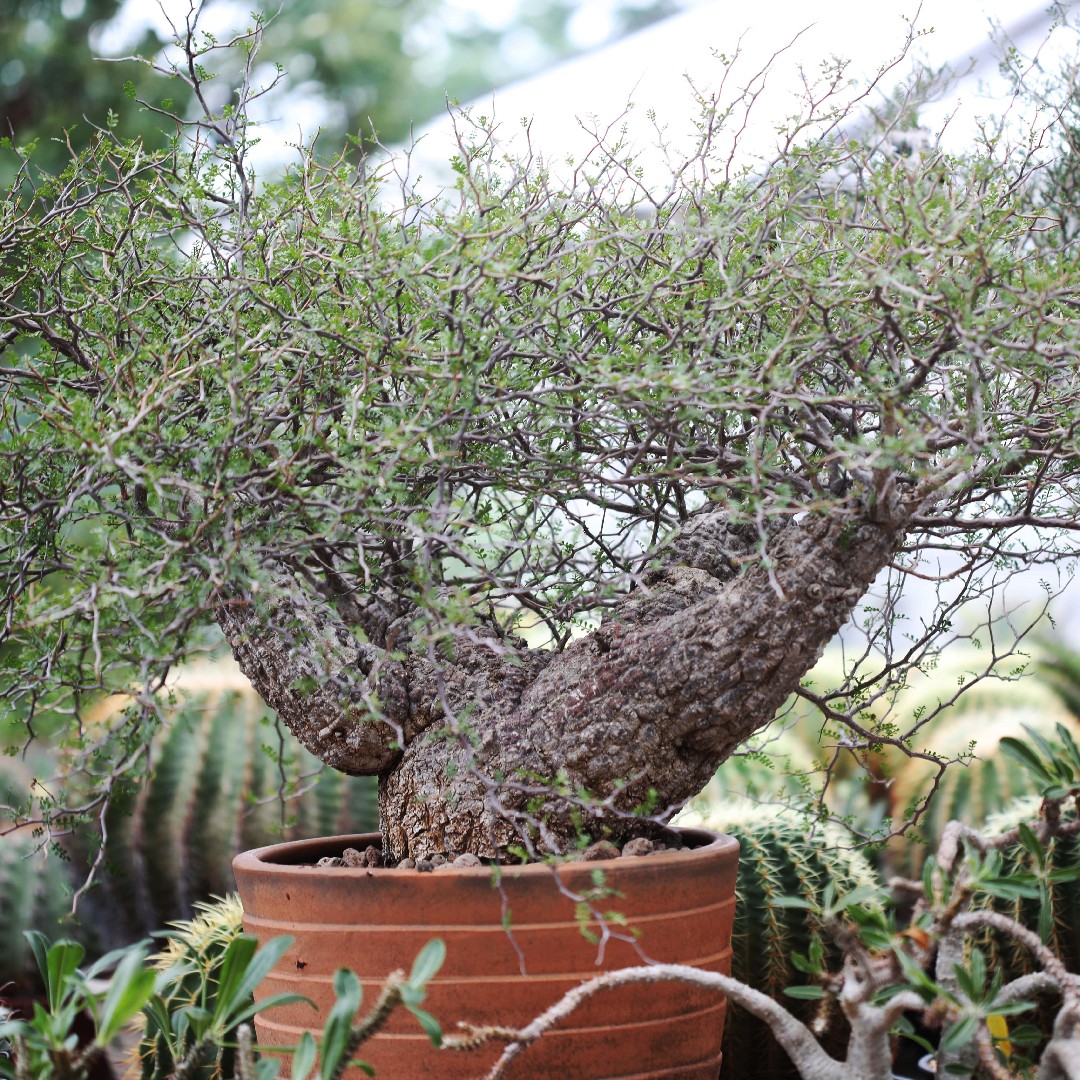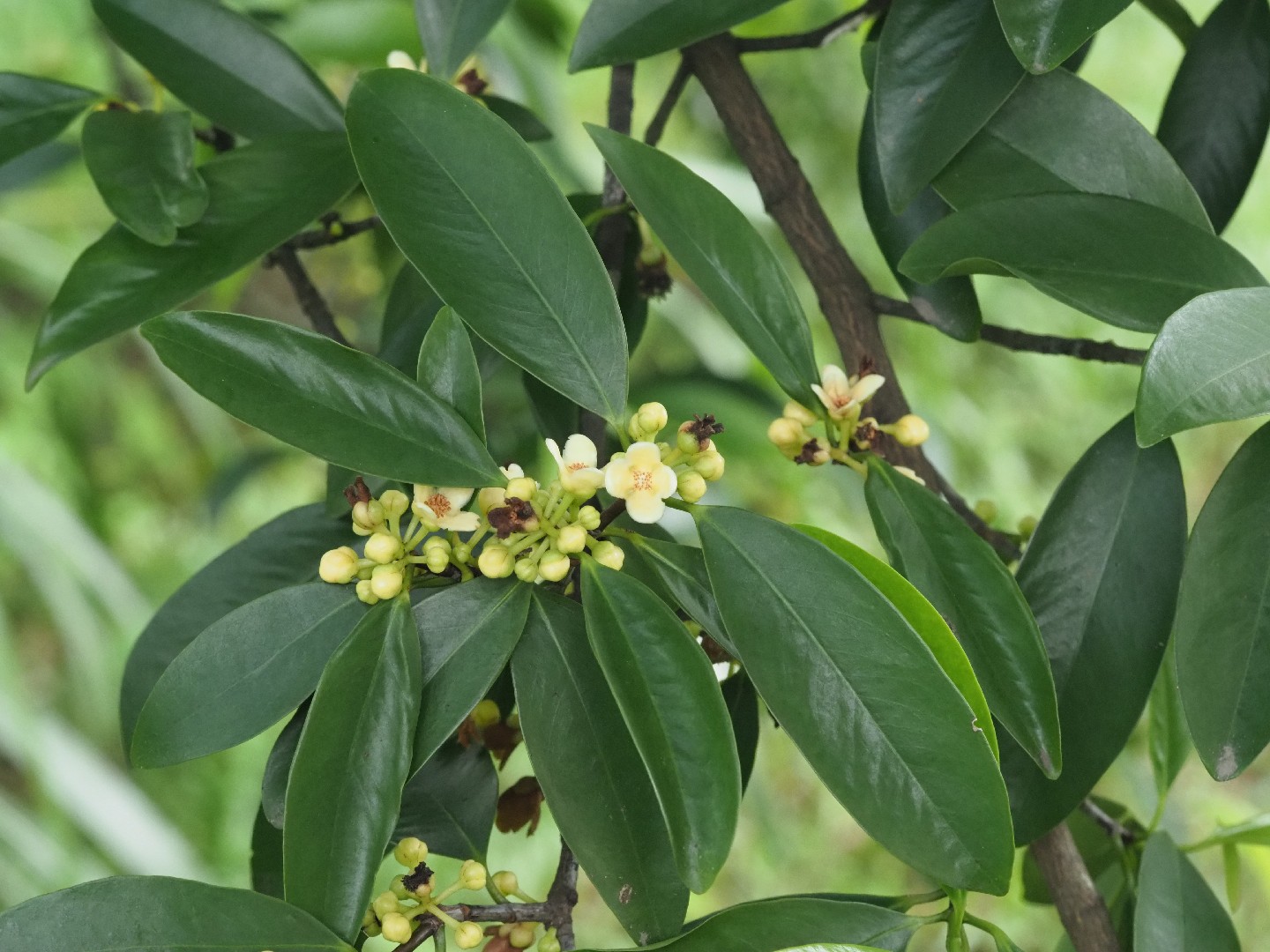Sumacs can be propagated by seed sowing, hardwood cuttings, or, less commonly, root cuttings and division. Key factors in successful propagation include ensuring full to partial sun exposure, mild to warm temperature conditions, and well-draining soil. Cold stratification may be necessary for germinating seeds. This species often has high levels of seed dormancy, making cuttings a preferred method. Propagating through cuttings is generally of moderate difficulty.
Here are the steps for propagation via cuttings:
-
In late winter, take 6-inch hardwood cuttings from healthy sumacs branches.
-
Dip the cut end in rooting hormone.
-
Plant in a mix of sand and peat, ensuring at least two nodes are below the surface.
-
Place in a warm, bright area and keep moist.
-
Transplant once rooted, after a few weeks to months. Challenges include ensuring adequate moisture without causing rot and protecting young plants from pests.
